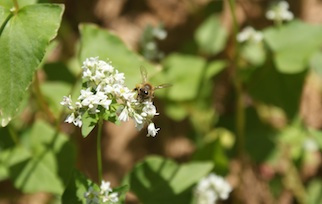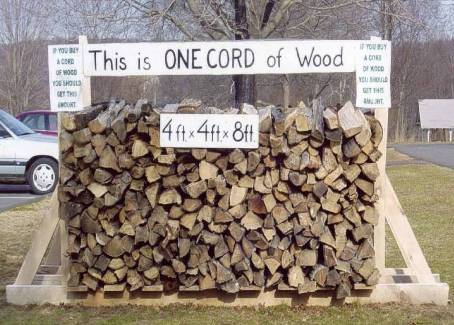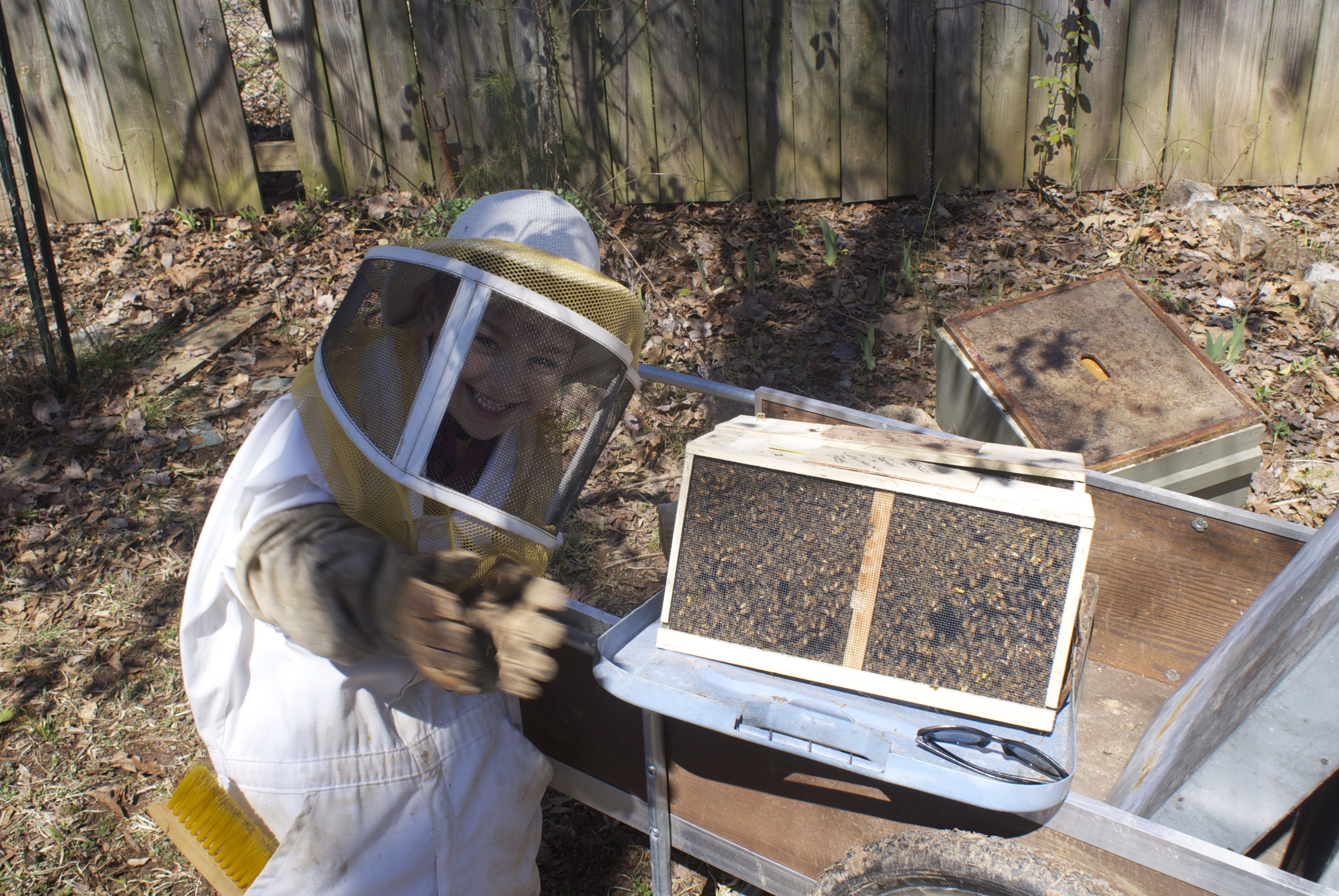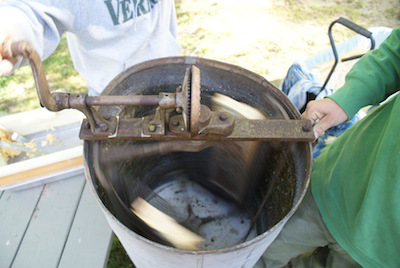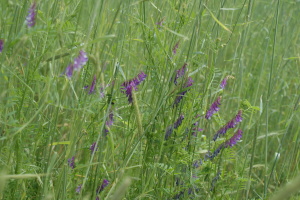
In the Grateful Trees and Bees kitchen garden a few rows of carrots wait for some good solid frosts to sweeten them up and a mini forest of Russian kale — with beautiful frilly green leaves that deepen to purple — stands ready to brave the Winter solstice to come. And that, is about it for edibles.
But that doesn’t mean an absence of lovely green growth. Yes, it’s true: evergreen trees aren’t the only plants that exhibit green when the cold winds blow. Around these parts of Central North Carolina, the late Fall and early Winter are a great time to break ground and install a new garden or to prepare your existing garden for the Spring growing season. Most gardens established in the great American backyard are tilled from a lawn of nasty fescue and perennial grasses and maintaining them as viable places to grow flowers and vegetables requires a constant territory battle.
After the Fall veggies are in, we seed the Grateful Trees and Bees kitchen garden with a cover crop that takes on most of the battle for us – winter rye sprinkled through with hairy vetch and crimson clover. Here’s the scoop on this trifecta of cover crops:
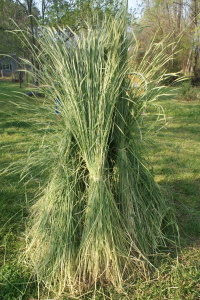
Wren’s Abruzzi Rye (Secale cereale) — This particular strain of winter rye performs better than others in the warmer winters of the South, but it, like other rye varieties, is still cold hardy to -30° F. Rye establishes rapidly and grows quickly. In addition to taking up real estate so the weeds can’t, winter rye adds nitrogen and organic matter to the soil, helps to break up and lighten our lovely clay base, and controls erosion. It is an excellent soil renovator and pioneer crop for new fields, and is very good at releasing phosphorus and potassium to enrich the soil. After a particularly robust growing season, it’s possible to harvest the rye and dry it for use in the garden as a weed suppressor later in the season. But we love this beautiful plant most for its amazing green color, almost that surreal translucent green of Spring’s first shoots. It is a balm for our hearts in the depths of winter.
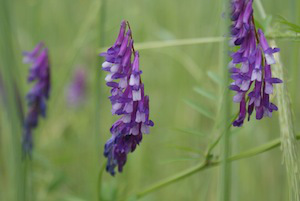
Hairy Vetch (Vicia villosa) — Hairy vetch, a legume, can be planted in the Fall or Spring and if allowed to set to seed it can be considered a perennial. Vetch germinates in the Fall, but is slow to take off in cold weather — though it is hardy to 5° F — with its most rapid growth in the early Spring. Prior to the formation of brown seed pods, the plant exhibits brilliant purple flowers. Bees are especially fond of these purple, cascading flowers and they lend honey a unique and pleasing flavor. Hairy vetch likes to climb and winter rye makes the perfect support structure for its growth. The combination of the two offers your garden the soil converting ability of a cereal grain with the superior nitrogen fixing skills of a legume. And both add organic matter to the soil.

Crimson Clover (Trifolium subterraneum) — Clover is another legume that fixes nitrogen to the soil, controls erosion and adds organic matter to the soil. Where Winter is above -10°F, clover is sown in late Summer – Fall, is dormant in Winter, resumes growth in Spring, and flowers in May. Crimson clover grows more rapidly than red clover and plants can grow to 3′ tall with striking crimson blooms. Clover does well as an underseeding crop and likes the protection afforded by winter rye. Bees love crimson clover, but in our garden we must admit that clover is our détente offering to the ever increasing local rabbit population, built solely we are convinced on last year’s soybean crop. (Perhaps we’ll share a meal of red clover flowers this Spring and talk it all out, but that is a discussion for another day.)
For an excellent, comprehensive article on cover crops and how to plant them, visit the National Gardening Association.
© 2014 Grateful Trees & Bees

